Making muscle cells
2020-2022
Dr. Bar-Nur is exploring a process to directly convert bovine and porcine fibroblasts into proliferative myogenic progenitor cells.
PRODUCTION PLATFORM: Cultivated
TECHNOLOGY SECTOR: Cell line development
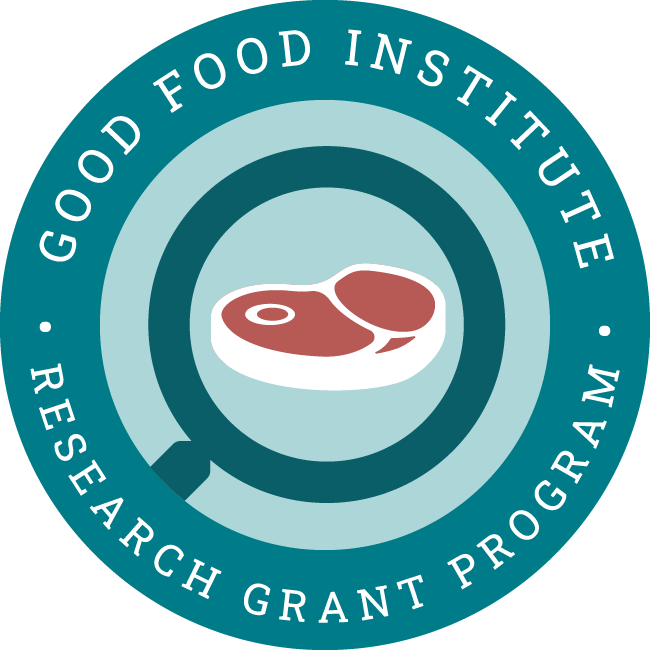
Project aims
This project aims to convert fibroblasts directly into induced myogenic progenitor cells to be used for cultivating meat. This would provide an alternative to conventional methods of growing muscle progenitors (i.e., myoblasts). The project also assesses the capacity of the induced myogenic progenitors to generate muscle fibers by small molecules and serum withdrawal.
This work will devise new methods to produce animal muscle cell lines. Ultimately, it could reduce costs of cultivated meat production via long-term propagation of cell lines.
Principal researcher

Dr. Ori Bar-Nur
Assistant Professor, ETH Zurich, Switzerland
Dr. Bar-Nur has experience generating muscle stem and progenitor cells through direct lineage conversion of somatic cells. He has investigated myogenic stem cells for muscle regeneration and explored the capacity to expand and characterize myogenic cultures molecularly and functionally.

Page
Research grants
Learn about cutting-edge alternative protein research funded by GFI. Find funding opportunities for your own research.
View related grant projects
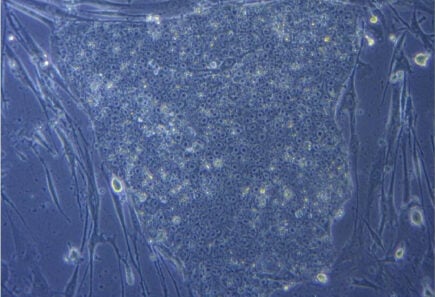
The Frozen Farmyard repository
Learn about Dr. Gareth Sullivan’s work to develop a “frozen farmyard” cell line repository for cultivated meat.
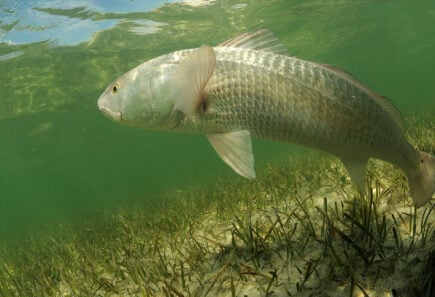
Seafood cell lines
Learn about Dr. Kevan Main and Dr. Cathy Walsh’s work at Mote Marine Laboratory to develop cell lines and methodology for cultivated seafood.
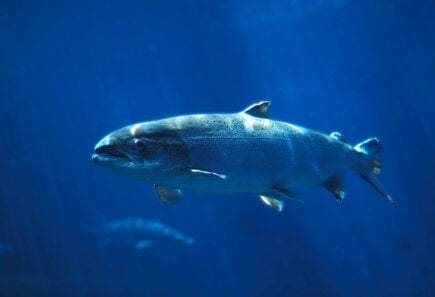
Myosatellite lines from Atlantic salmon
Through the GFI grant program, the Kaplan lab is developing myosatellite lines for cultivated Atlantic salmon at Tufts University
Explore research opportunities
-
Cultivated
Cell line development from food-relevant aquatic species
A lack of publicly-available cell lines from relevant species and cell types continues to be a challenge for the field of cultivated seafood. Addressing this challenge will require further investigation…
-
Cultivated
Mapping animal cell metabolism to optimize media formulation
The cost and environmental impact of cultivated meat are driven by the cell culture media formulation and its conversion efficiency into meat. Metabolic modeling and engineering techniques can aid media…
-
Cultivated
Promoting stemness and proliferation in fish cell cultures
Efficient and cost-effective cultivated fish production will require precise optimization to encourage fast proliferation and highly efficient use of inputs while preventing premature differentiation. A variety of strategies can be…
Check out related resources

The science of cultivated meat
Learn about the science of cultivated meat and the challenges that must be addressed for commercial production.
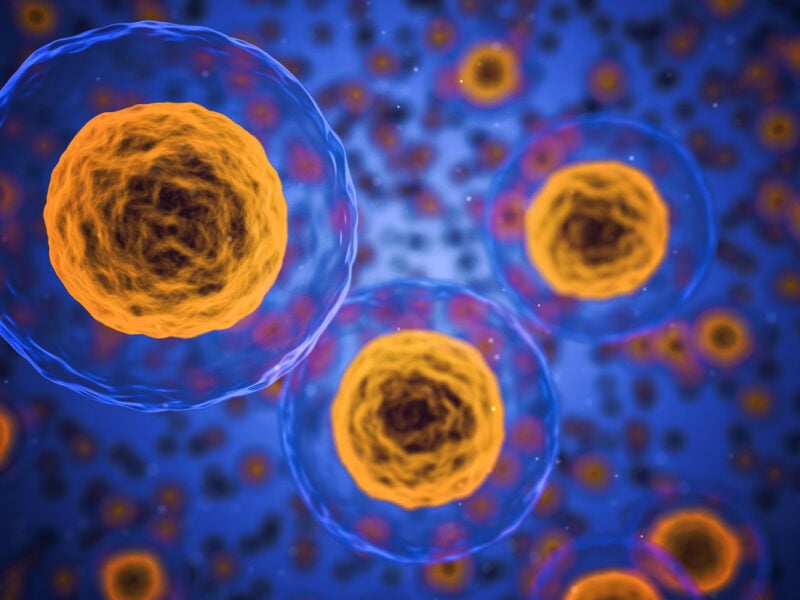
Expanding access to cell lines
Limited access to cell lines is a significant challenge for cultivated meat research. GFI is working to expand access and support the development of new cell lines.
